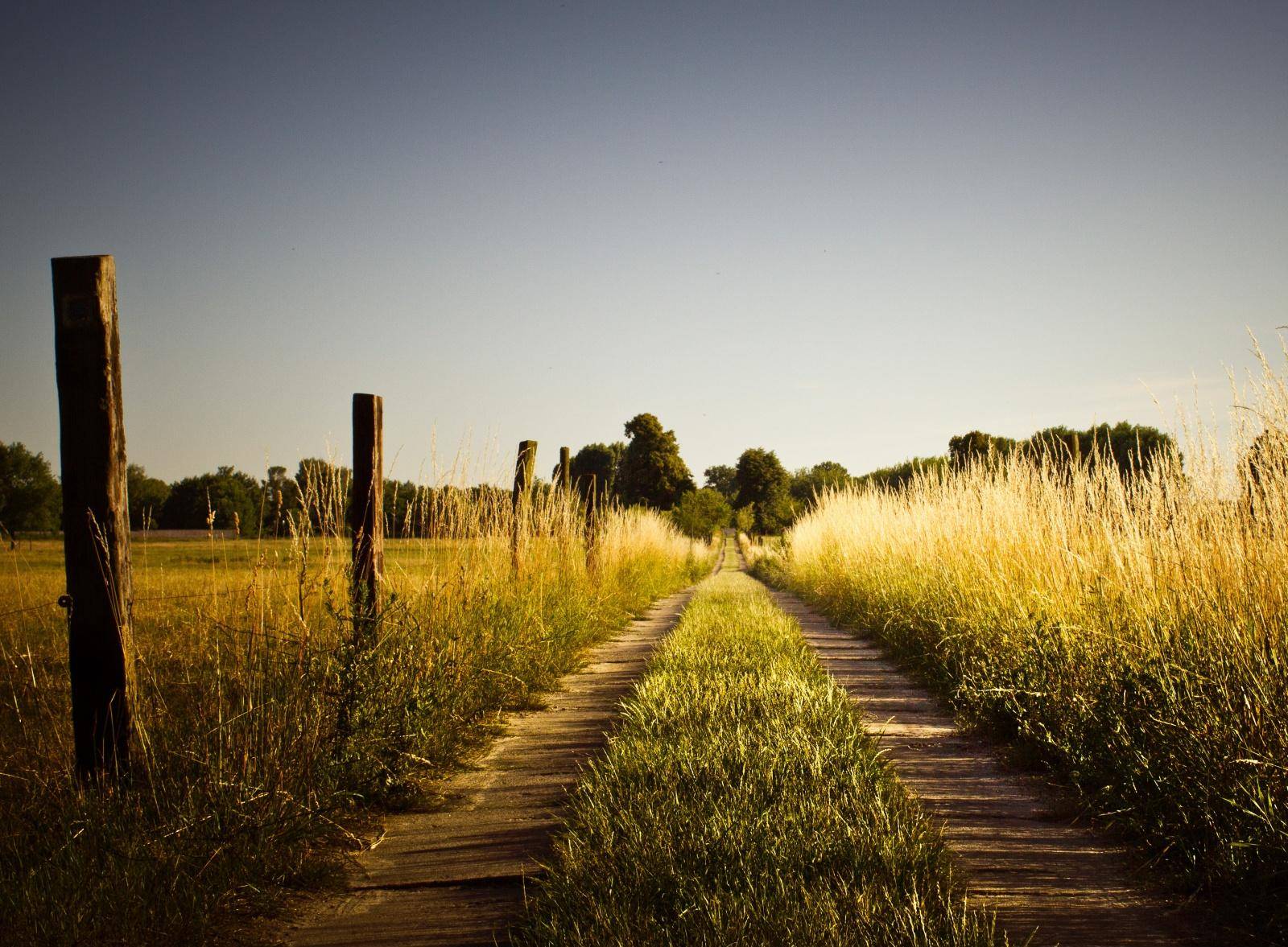|
Caro Cemetery

Caro Cemetery at Mexico between Quinlan and the Tawakoni Bridge on Hwy 35/276. The only Spanish land grant in Hunt County was to the Caro family.
Caro, Mary E.
b. unknown - d. unknown
Caro, Nannie
b. unknown - d. 1892
Caro, William
b. unknown - d. 1854
(The following information is taken from a research article done by Shirley
R. Hale found in the archives of the American Cotton Museum. She
completed her research in 1987. At that time, the cemetery was located
on land owned by Charles C. Gaillard.)
“…Mr. Gaillard stated that the cemetery was very old and
that the Caro family had been of Spanish-Mexican descent, and had settled
at a very early date.
There are three readable gravestones
at the present time: One for Mary E. Caro, William Caro, and Nannie Caro.
Nannie was the last child buried
in the cemetery. She was buried in 1892.
The earliest gravestone is that
of William whose death date was 1854. His birthdate is broken off.
Mr. Gaillard stated that a poem
was written and engraved on Nannie’s grave stone (the poem is not visible
today.) Mr. Gaillard told me the poem which reads thusly:
We loved her very dear
But she could not stay here;
God called her not to stay;
Now she lives in Endless Day.
Some 30 years ago, when I was a
young woman, I visited the present site of the Caro cemetery. At that time,
there were wooden grave markers shaped thusly:
(Here she inserted a drawing that looks like an
old keyhole from a door.)
There was a great stand of native cedars
at the crest of the hill where the cemetery is situated overlooking the
now present Lake Tawakoni.
Mr. Gaillard said that some
time after the lake had developed, a ‘Mr. Cook’ had started a fire with
matches. This fire consumed Mr. Gaillard’s farm as well as a fence
that was around NANNIE’s grave. Also he stated that some old
fashioned it is plans were around Nannie’s grave, but that fire destroyed
them also.
The cedars are not now standing
in the cemetery. Mr. Gaillard said that some disease or drought killed
the cedars…
Mr. Gaillard also reported that
there had stood a wooden log house that he believed to be the oldest in
Hunt County….This log house was destroyed by the fire.”
Copyright TXGenWeb
|

